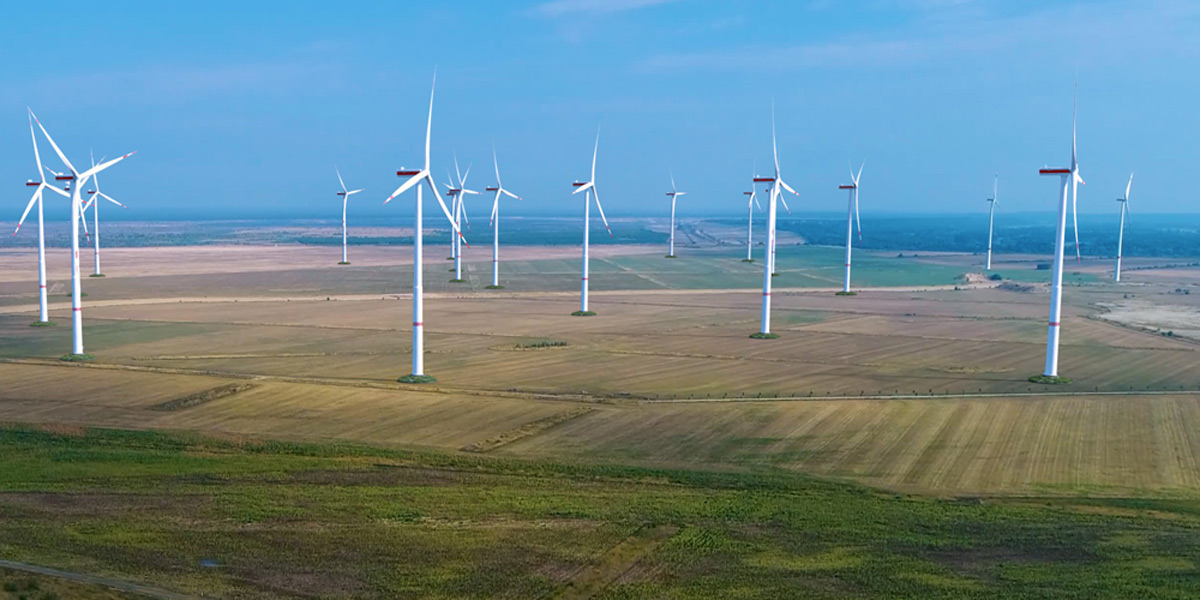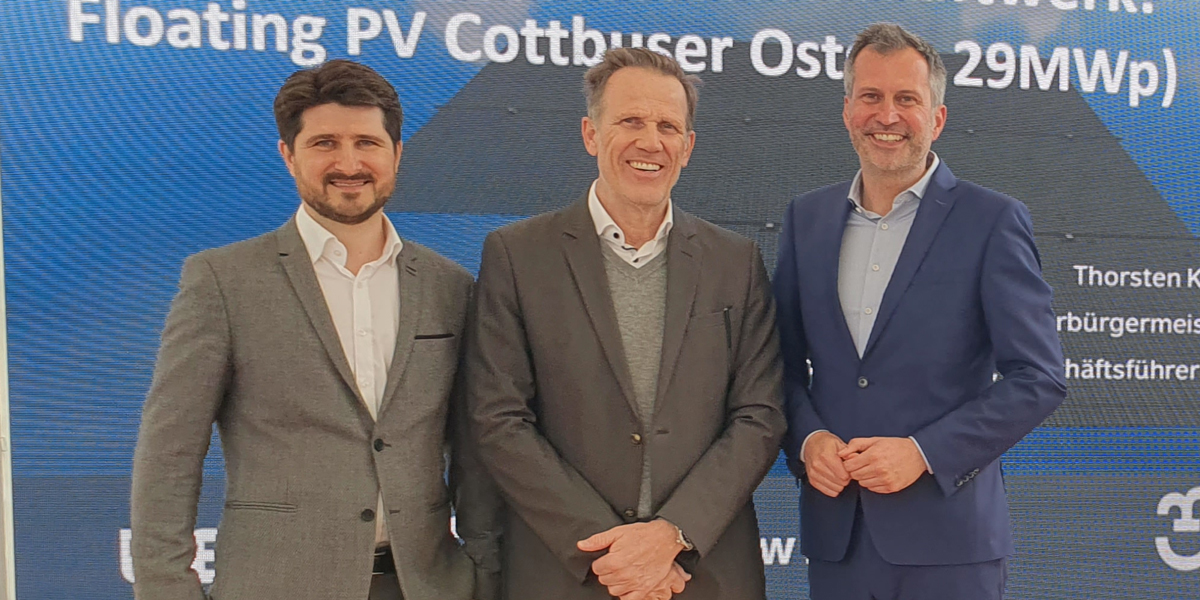Energy transition in the Central German Lignite Region: 90 MW wind farm approved
The 90 MW wind farm Breunsdorf, which EP New Energies GmbH (EPNE) will develop and construct on behalf of MIBRAG, has been approved by the lower immission control authority of the Leipzig district in accordance with the Federal Immission Control Act (BImSchG). The wind farm is being built on recultivation areas of the Vereinigtes Schleenhain opencast mine in the south of Leipzig.
After a planning and approval phase of about 4 years, construction preparations on the project site are to start in the next few months.
"We are delighted to hold the approval for this extraordinary wind project in our hands. The Breunsdorf wind farm marks the start of a transformation in the Central German lignite mining area into a modern energy and industrial location based on renewable energies and hydrogen production. Former open-cast mining areas offer particularly favourable conditions for the expansion of renewable energies and we are at an advanced stage of planning for further large wind and PV projects," says Dominique Guillou, Managing Director of EPNE.
The planned wind farm will have a capacity of 90 megawatts and is an important building block for the transformation of the opencast mining region. "In the last two months we have received the second and third largest permits ever issued for onshore wind farms in Germany. This is of course an important signal for the energy transformation," says Guillou.
The recultivation area of about 250 hectares on which the wind farm is to be built has been designated a wind priority and suitability area in the Leipzig-West Saxony regional plan. In February 2022, the cooperation partners submitted the application for approval to the district with the support of 4initia GmbH.
The annual feed-in volume of the planned wind farm is over 200 gigawatt hours. This is enough to supply around 90,000 households with electricity. Alternatively, up to 4,100 tonnes of hydrogen can be produced from it by means of electrolysis.
Your contact for further information:
Margarita Schulz, EPNE
Team Lead Communications
E-Mail: margarita.schulz@epne.de



